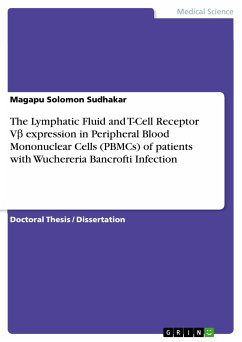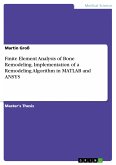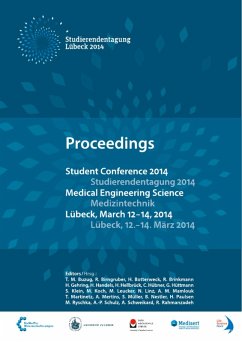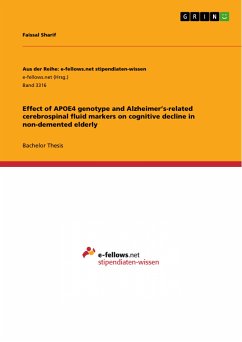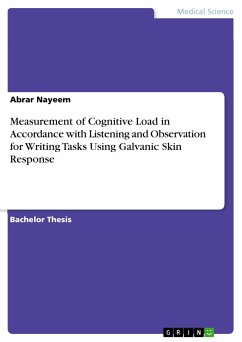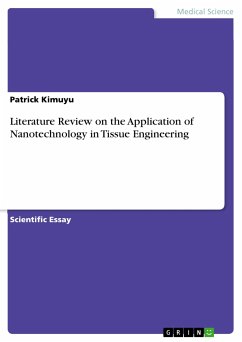Doctoral Thesis / Dissertation from the year 2006 in the subject Medicine - Biomedical Engineering, grade: TEXTBOOK-PUBLICATION, Anna University (-), course: Ph.D.,, language: English, abstract: Lymphatic filariasis (LF) is a disease that is currently the target of a major global initiative for elimination.During the past decade, both the treatment and the control strategies for LF have undergone major paradigm shifts-due to rapid increase in knowledge and understanding of LF that is derived directly from a series of commendable progress made by scientific and medical research communities.In pursuit of understanding LF a disease to which a social stigma is attached, the chronic pathology (CP) of LF was taken as a model to understand the immunopathological mechanisms that lead to acute lymphangitis and lymphadenitis,in filarial infections, harboring Wuchereria bancrofti.It is a well established fact that elephantiasis is a consequence of immune-reactivity to adult worm antigens. Therefore,it was thought that T-cells infiltrating the lesions in chronic-pathology disease could augment for elevated inflammation seen in CP.An attempt was made to examine T cells by T Cell Receptor Vß analysis using parasite (BmA) and non parasite (PPD) antigen stimulated PBMC's for RT PCR and agarose gel electrophoresis followed by Integrated Density Values(IDV),analysis which were further validated by Statistical analysis using One-Way ANOVA followed by Tukeys-HSD Test.Therefore,primers designed for specific 24 Vß gene families in the given repertoire were the choice for experimental analysis by PCR. Five CP cases and 5 Endemic Normals who were normal healthy individuals' considered as controls,and also 2 Microfilaraemics, who are carriers of this disease were inducted into the current study. Specific T-Cell Receptors-TCRVß1,TCRVß2,TCRVß7,TCRVß14,TCRVß20, TCRVß24 which got overrepresented in the CP subjects when the PBMCs of these subjects came in contact with crude antigen of the parasite BmA in an In-Vitro culture system, but MF's, do not show any overrepresentation for BmA under similar conditions. Similarly TCRVß5.2 and TCRVß11 are genes which were preferentially expressed out of TCRBV1-24 gene repertoire in EN upon stimulation with BmA. PPD seems to be a potential stimulator for MF's. TCRBV21 of CP subjects was expressed high upon PPD stimulation along with EN in which batteries of receptors are expressed which does not carry any statistical significance.PHA stimulated and an unstimulated culture of PBMCs does not show any statistical significant difference in overrepresentation of TCRVß1-24 genes with respect to EN and MF but PHA did showed significance with CP.
Dieser Download kann aus rechtlichen Gründen nur mit Rechnungsadresse in A, B, BG, CY, CZ, D, DK, EW, E, FIN, F, GR, HR, H, IRL, I, LT, L, LR, M, NL, PL, P, R, S, SLO, SK ausgeliefert werden.

